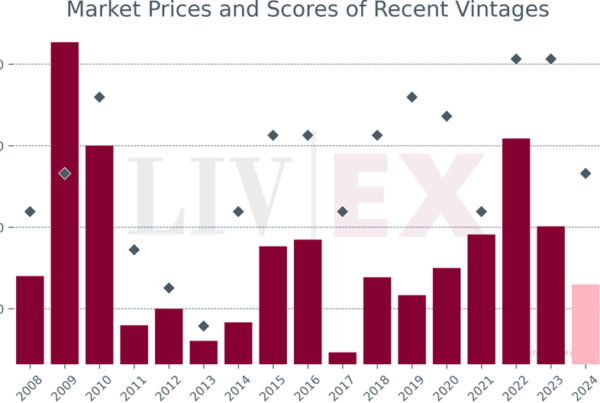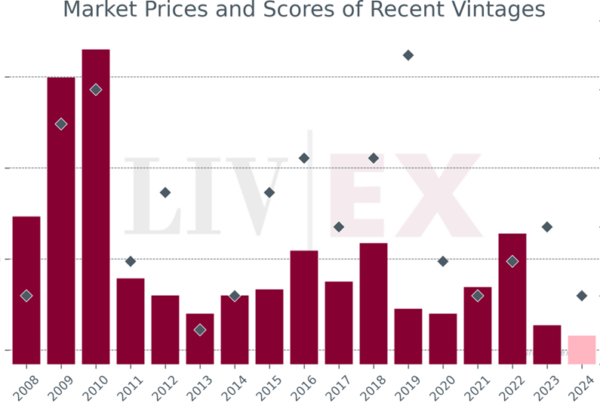After Bordeaux peaked at the end of the China-led bull market in 2011, buyers started to seek out other corners of the fine wine world. Burgundy attracted the greatest attention. There was nothing particularly new going on in Burgundy – old hands were still quietly going about their business – but there was a step change in the market. Some would argue that this shift was due to changing taste, from bold tannic reds to the more elegant expressions that Pinot Noir offered, but the more likely explanation was the simple allure of small specialised vineyards producing rare, hard-to-source, wines. The top wines were soon to become trophy assets.
Burgundy boomed. Demand outstripped already tight supply driven in the most part by the rarity of the wines. Prices reached record highs in 2018. But the past year has highlighted the vulnerability of Burgundy’s high prices: the Burgundy 150 was the worst performing index in 2019, falling 8.8%. What changed? And what lies ahead for the region?
Inside this detailed report:
- The expansion of the Burgundy market
- Factors affecting Burgundy’s price performance
- New players and the power of stories
- Tight liquidity – a boon for prices, a drag on prices
- The DRC proxy and relative value
You can claim your complimentary copy in English, French or German using the form below.


